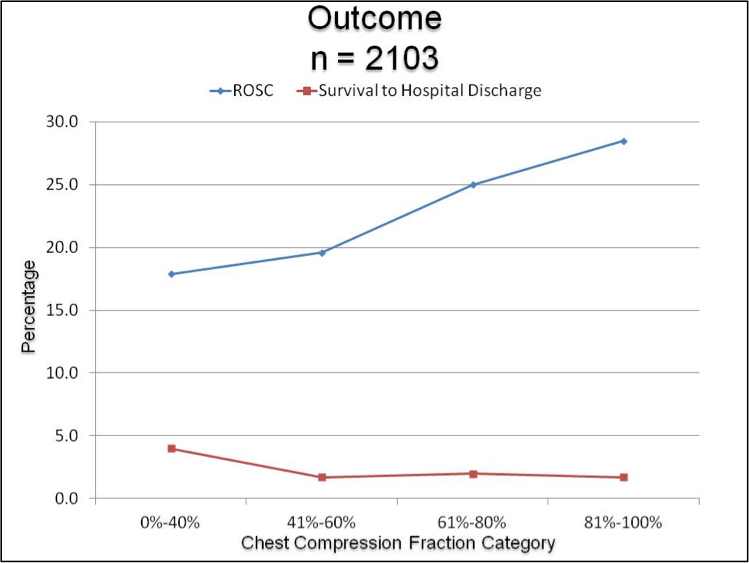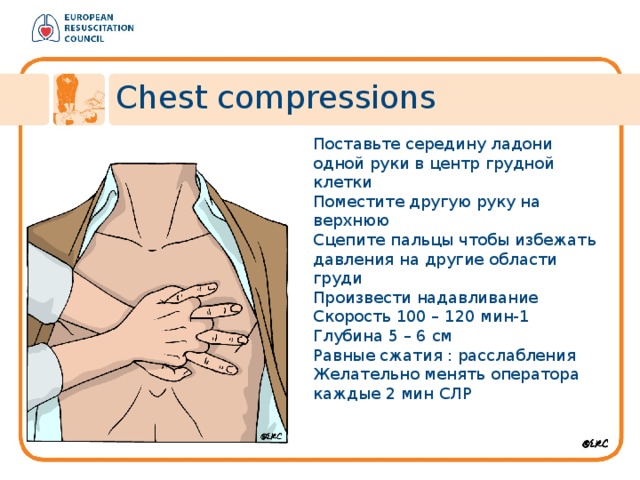
If you are hesitant to do mouth-to-mouth, chest compressions alone may still be life-saving. 4Ĭhest compressions are the first line response in CPR. However, by continuing constant chest compressions you can dramatically improve the odds of survival by maintaining the victim’s heart in a condition that increases the likelihood that shocks from a defibrillator, administered through bystanders using an automated external defibrillator (AED), or administered by paramedics will result in survival. It is very uncommon that only chest compressions can recover the heart. If CPR is performed on someone who didn’t need it, though it can be uncomfortable for that person, only about 2% suffer any type of injury as a result. 5 These problems are normally controllable and should not stop anyone from performing CPR.

Complications may include fracture of the ribs, broken teeth, infections, and puncture of the lung.

If chest compression is not started as quickly as possible the person experiencing cardiac arrest is likely to die. The object of chest compression is to supply blood to the brain, heart, and other vital organs of the body until accurate medical treatment can be provided.
ACLS CHEST COMPRESSION FRACTION PROFESSIONAL
While performing chest compressions the duration and frequency of interruptions must be minimized.Ĭhest compressions with ventilation can be provided by those who are trained in the technique and will be performed by professional medical staff.Rate of compressions must be 100 per minute.Chest compressions must be at least 2 inches deep with each down-stroke.High-quality chest compressions are necessary: Follow the mantra: “push fast and push hard on the center of the chest (i.e., sternum)” Chest compressions are now the first-line response rather than opening the airway and delivering rescue breathing. 4 Chest compressionsĪ person present on the site, whether trained or not, should start chest compressions to the victim suffering cardiac arrest. If you stand still and do nothing, the person is going to expire. Do not delay chest compressions if the pulse cannot be felt within 10 seconds. Tell someone or call yourself for emergency responders. If the person doesn’t respond, you should make an assumption that the person has experienced cardiac arrest. This helps to decide whether a person had some other injury or they are suffering cardiac arrest. You then monitor the reflexes of the person by “shaking and shouting” (Are you alright?) and rub the sternum with your knuckles.

The person is healthy one moment and you unexpectedly see or hear them fall down. The prospect of saving a person’s life can be double or triple with CPR. But CPR improves chances of saving a life if it is performed at the beginning of the cardiac arrest. 3 CPR saves a lifeĪt the present, about ninety percent of the people who suffer cardiac arrest outside the hospital expire.

The opportunity for a successful resuscitation can be extended by keeping the blood flow active, even partially, until trained medical help arrives on site. It can prove to be fatal within eight to ten minutes. 2ĭuring cardiac arrest, stoppage of oxygenated blood supply can damage the brain in only a few minutes. These compressions help keep oxygenated blood flowing to the brain and other vital organs until proper medical treatment can be provided. 1ĬPR uses chest compression to imitate how the heart transports blood to the whole body. The American Heart Association recommends that everyone - untrained bystanders and medical personnel alike - begin CPR with chest compression. Cardiopulmonary resuscitation (CPR) is a lifesaving skill, helpful in many situations including:


 0 kommentar(er)
0 kommentar(er)
